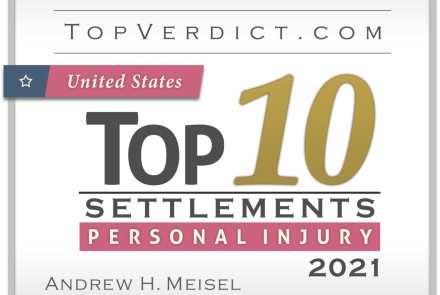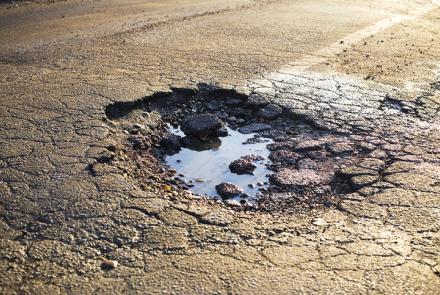Even in the best economic times, a large percentage of driver’s on California roads carry either no automobile insurance, or insufficient insurance to pay for the damages caused by their negligent operation of a motor vehicle. It has been estimated that as many as one in four driver’s in California have no automobile insurance coverage. This means that if you are in an accident, there is a 25% chance that the other driver will have no insurance.
To make matters worse, studies have shown that is economic downturns, many people let their auto insurance lapse, often by failing to pay the premiums. Therefore, the chances of being involved in an accident with an uninsured motorist increases in tough economic times, when unemployment increases. Moreover, a significant number of people who are insured may opt for the minimum coverage available by law (a 15/30 liability policy in California), thereby greatly increasing the odds that if you are in an accident, the other party, even if they have auto insurance, will be underinsured. Given the fact that we are currently in an economic downturn, protecting yourself against uninsured and underinsured motorists is more important than ever.
The impact to you, if you are unfortunate enough to have an accident with an uninsured or underinsured motorist, can be quite significant. When someone is injured in an accident caused by another person’s fault, substantial expenses can be incurred – for example, hospital, doctor and ambulance bills, and lost wages from not being able to work. If the other party has no insurance, you will not be able to be compensated from their insurance company, and it is very unlikely that you can get that person to pay for your damages personally. Even if they have insurance coverage that complies with California law, if the policy is a minimal one of 15/30, your damages may substantially exceed the available policy limits. Considering the cost of even a brief hospitalization, even a fairly minor accident can result in damages that are greater than $15,000.00.
Uninsured motorist (UM) and underinsured motorist (UIM) coverage through your own automobile insurance company solves this problem. In California, the coverage must be made available, and can only be waived in writing. However, the same financial minimum policy is available in California, 15/30, and while this provides some protection, it will not be enough in many circumstances. In fact, in most situations, underinsured motorist coverage of 15/30 will provide no protection at all, as the coverage only starts after you have been paid by the party at fault. Thus, if that party had a 15/30 liability policy, and you are paid the $15,000.00, there is no underinsured motorist coverage available to you if you only have a 15/30 UIM policy.
Typically, UM and UIM coverage is readily available in coverage increments substantially greater than 15/30. Moreover, the premium increases are often not that much greater for substantially higher policy limits. It would be wise to consider your circumstances and discuss the issues with your insurance agent or broker, and get premium quotes from more than one company. Given how expensive medical care and especially hospitalization has become, and the importance of receiving compensation for other losses such as earnings from one’s employment, it may be wise to purchase at least $300,000.00 in UM/UIM coverage. UM and UIM coverage is bundled together as one, so typically there is a single premium for both.
An additional benefit is that UM and UIM coverage applies not just to the named insured, but it will cover persons occupying your insured vehicle, permissive driver’s of your insured vehicle, and relatives of the named insured who live in the same household as the named insured – a resident relative. It is also noteworthy that if you or a resident relative is a passenger in someone else’s car, or if struck by a motor vehicle when riding a bicycle, or as a pedestrian, the coverage should also apply, and will protect you and resident relative’s when injured by an uninsured or underinsured motor vehicle.
--Andrew H. Meisel




